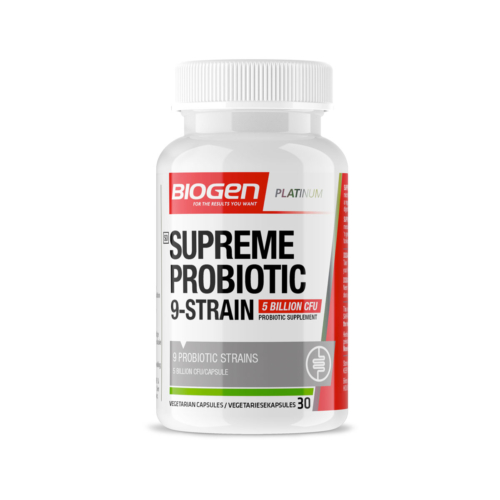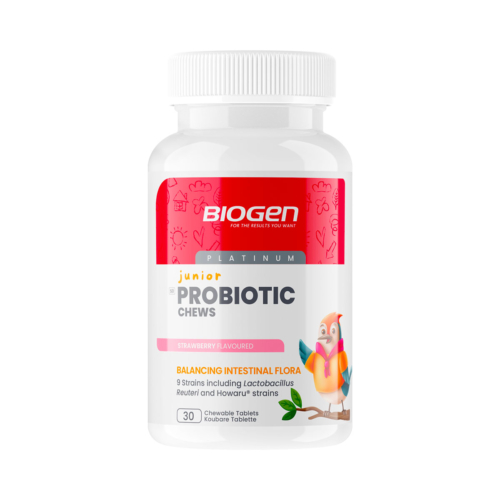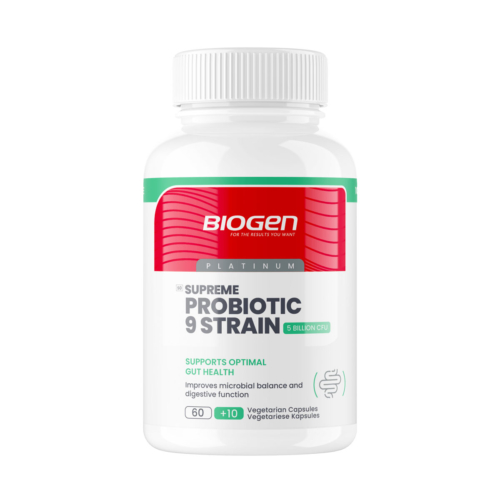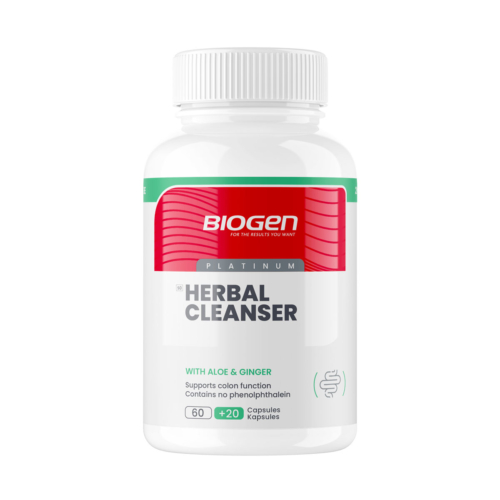
As winter fades and we move into spring, there is still a risk that we pick up a nasty cold or flu virus
If that happens, we will probably need a course of antibiotics to treat the nasty secondary bacterial infections that can develop while the body fights off a virus.
Antibiotics impact bad and good bacteria
These medicines are extremely effective at dealing with the infection as they kill the disease-causing bacteria and make it hard for these ‘bad’ organisms to grow and multiply.
However, they also impact the diverse microbiome in your digestive system – the complex ecosystem of beneficial bacteria called probiotics that live in your gut.
These ‘good’ bacteria aid digestion and play important roles in various important biological processes, including your immunity by keeping in check the harmful bacteria we can ingest through the normal course of daily life.
Antibiotics don’t distinguish between good and bad bacteria
Unfortunately, antibiotics, particularly broad-spectrum antibiotics, are a blunt tool. When used to fight harmful bacteria, they cannot distinguish the ‘good’ bacteria from the ‘bad’.
While some options target specific species of bacteria, your doctor will ultimately determine which is best. And in the absence of targeted testing and analysis, the default is usually the catch-all broad-spectrum option.
Consequently, a course (or sometimes multiple consecutive courses) of antibiotics, can deplete the healthy bacteria in your gut and may result in lasting changes to the balance and composition of the flora that live in your digestive system.
Good bacteria become collateral damage
A study published in the journal Nature that looked at how 144 antibiotics commonly used in humans impact our gut health found that two classes of antibiotics – tetracyclines and macrolides – create “collateral damage” by killing off certain good bacteria in the gut and inhibiting the growth of other important strains.
A healthy intestine is home to trillions of beneficial bacteria – it is estimated that there are over 50 genera of bacteria that provide over 500 different species.
These changes in your gut flora can lead to antibiotic-associated issues such as:
- Diarrhoea
- Nausea
- Vomiting
- Gastrointestinal issues
The resultant imbalance can also allow ‘bad’ bacteria to overpopulate your gut, which may hamper digestion and result in recurring infections and other ailments.
Worryingly, chronic or excessive antibiotic use may pose long-term risks. A 2015 study published in the journal Nature Reviews Endocrinology found associations between excessive antibiotic use in early life and the risk of weight gain and obesity in later life.
Probiotics help to repopulate your gut with good bacteria
For these reasons, doctors often prescribe probiotic supplements alongside antibiotics. These products may reduce the negative effects on your gut flora by repopulating the gut with a diverse range of beneficial bacteria to improve and restore the microbial balance in your intestines.
A systematic review published in BMJ Open that look at the use of probiotics to correct the imbalance of normal microbiota following a disruptive events like a course of antibiotics found that 83% of the probiotic products used by otherwise healthy individuals restored their gut microbiota.
How to incorporate probiotics
Doctors typically recommend that people take probiotic supplements a few hours after their dose of antibiotic while others suggest that patients wait a few days after they have completed their course of antibiotics before starting with probiotics.
In this regard, broad-spectrum probiotics help to repopulate the gut with a diverse range of beneficial bacteria and may help to avoid imbalances, including overpopulating the gut with a beneficial strain of bacteria, which can also cause gastrointestinal issues.















